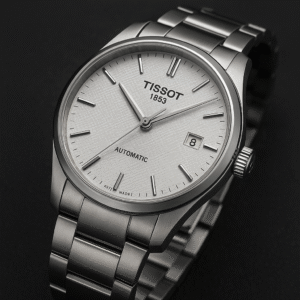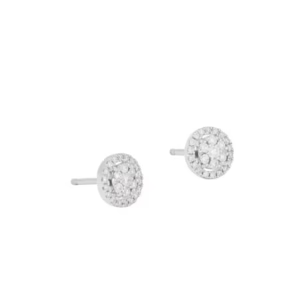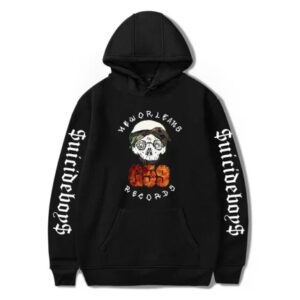Comfort is key when it comes to clothing, especially for those long days when you’re constantly on the move or seated for hours. Whether you’re at work, running errands, traveling, or lounging at home, what you wear plays a significant role in how you feel throughout the day Essential Clothing Choosing the right essential clothing can make a noticeable difference—not just in comfort, but also in confidence and functionality. Here’s how to curate a wardrobe built around all-day comfort without compromising on style.
1. Start with the Right Fabrics
Fabric choice is the foundation of comfort. Natural fibers like cotton, bamboo, and merino wool are breathable and soft against the skin. Cotton is a go-to for everyday wear due to its softness and moisture-absorbing qualities. Bamboo is hypoallergenic and temperature-regulating, making it excellent for people with sensitive skin or variable climates. Merino wool, although often associated with winter wear, is surprisingly effective year-round—it’s lightweight, moisture-wicking, and odor-resistant.
Avoid synthetic fabrics like polyester and nylon for all-day wear unless they’re blended with natural fibers for flexibility and breathability. These materials can trap heat and moisture, which leads to discomfort over time.
2. Focus on Fit and Mobility
The right fit can make or break your comfort. Too tight, and you’ll feel restricted. Too loose, and you might feel sloppy or constantly need to readjust. Look for clothing that moves with your body rather than against it. Stretch fabrics or clothes with a touch of elastane/spandex provide freedom of movement and a more forgiving fit.
For example, a pair of stretch-cotton pants or joggers can offer the polish of slacks with the ease of lounge wear. Tops with raglan sleeves or dropped shoulders can allow for a wider range of motion and reduce pressure points.
3. Layer Smartly
Layering not only enhances comfort but also gives you control over your body temperature throughout the day. Start with a breathable base layer like a cotton or merino wool tee, then add pieces as needed—such as a cardigan, lightweight pullover, or jacket.
Avoid overly bulky items that restrict movement or add unnecessary weight. Instead, choose layers that are easy to put on and take off. This is especially useful in environments where indoor and outdoor temperatures vary significantly, like during commutes or in heavily air-conditioned offices.
4. Consider Versatile Basics
Comfortable doesn’t have to mean casual or sloppy. Versatile wardrobe staples like a well-fitted T-shirt, a stretchy pair of jeans or chinos, and a comfortable pair of sneakers can transition from home to the office to dinner out.
When buying essentials, aim for neutral colors and classic cuts that pair well with a variety of outfits. This simplifies your wardrobe and ensures you’re always prepared without overthinking what to wear. Brands often label certain lines as “essentials” or “everyday basics”—these are a good starting point for finding well-tested, comfortable pieces.
5. Mind the Waistband
It might seem like a small detail, but the waistband on pants or skirts plays a huge role in day-long comfort. Elastic or drawstring waistbands offer flexibility and are especially helpful if you’re sitting for long periods. High-rise pants can be more supportive and eliminate the need for constant adjusting. Make sure the waistband doesn’t dig in or roll down, which can become increasingly annoying as the day goes on.
6. Shoes Matter Just as Much
No outfit is truly comfortable without the right footwear. For all-day wear, shoes should offer proper arch support, cushioning, and room for your toes to move. Lightweight sneakers, supportive loafers, or ergonomic flats are often the best options for balancing style and comfort. Steer clear of shoes that require a “break-in” period—your feet shouldn’t have to suffer in the name of fashion.
7. Test Before You Commit
If possible, wear new clothes at home for a few Essentials Hoodie hours before wearing them out. Sit, stretch, walk around—see how they feel after a full range of activities. Sometimes clothes feel great in a fitting room but become restrictive or irritating over time. Testing them beforehand can help you avoid an uncomfortable day.
Conclusion
Comfortable clothing doesn’t mean compromising on appearance. With the right choices—focused on fabric, fit, flexibility, and function—you can build a wardrobe that looks great and feels even better. Prioritize how clothes make you feel over fleeting trends, and you’ll find that comfort and confidence often go hand in hand. Invest in essentials that support your lifestyle, and getting dressed in the morning will be one less thing to worry about.








